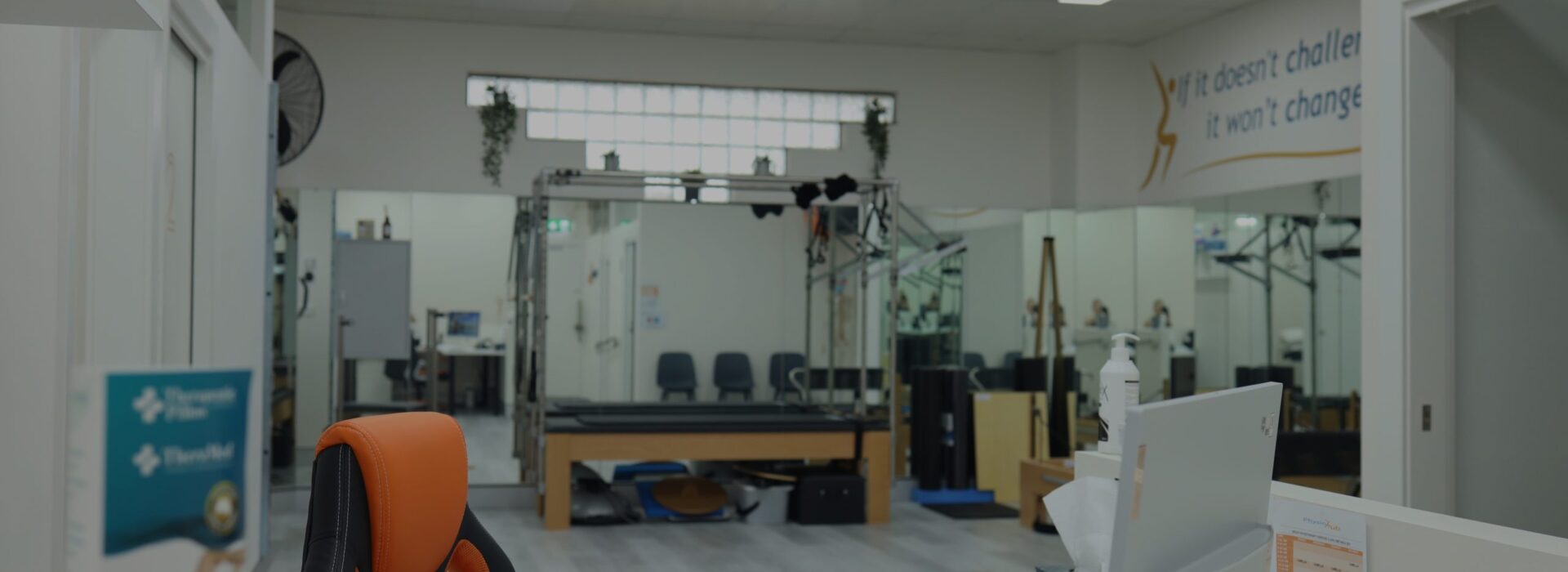
Our Blog
🚨 There are many acute forms of treating injury to help with the healing process, reduce severity, or just to modify pain levels.
🚨 In particular the use of heat and cold therapies may have significant benefits.
⁉️ The question is which one is the best for you, how do they work and when do they work best.
🧊 Cryotherapy (Ice):
➡️ Icing an area is commonly the acute response to injury, typically used within the first 72 hours post injury.
➡️ It works by causing constriction of the blood vessels and confining blood flow to the damaged part, limiting inflammation and swelling.
➡️ Benefits of ice therapy:
📌 Relieves inflammation
📌 Reduces swelling
📌 Has an analgesic affect, relieving acute pain
📌 Supports faster recovery
📌 Helps to decrease tissue damage
🔥 Thermotherapy (Heat):
➡️ Heat is commonly used for most injuries as well as general aches and pains.
➡️ Generally it is not applied straight after an acute injury where there is a lot of swelling or the skin is hot or red.
➡️ As opposed to ice therapy, heat dilates the blood vessels, maintaining more blood, nutrients and oxygen flow to the damaged area.
➡️ Benefits of heat therapy:
📌 speeds up healing time
📌 Relaxes muscle and stiff joints
📌 Helps with chronic inflammation
📌 Relief of muscle spasm
📌 Helps with pain relief
📌 Safe option for pregnant women
☎️ Have any questions? DM or call us on 9740 5454 to help you manage your acute pain / injuries.
#physiohubwileypark #physio #heattherapy #wheatpack #hotpack #icepack #icepacks #cryotherapy #thermotherapy #acuteinjury #acutepain #injuries #heatvsice
⭐️ UNI EXAMS AND HSC GOT YOU STUDYING TO THE LAST MINUTE? ⭐️
👉 Roig et al’s review looked at several studies examining the link between exercise and memory and found that acute exercise improved our memory. 🏃♀️
👉 So how much exercise?
The greatest effects were seen in short bouts of exercise (<20min) at a low intensity. 🤔
.
👉 So something simple as taking a walk would do 🚶♂️
.
👉 It’s rare to find someone who can sit down and study at a good capacity for 10 hours straight.
.
👉 Make sure to take breaks in between and add in exercise
.
👉 And as always, good luck to anyone doing their uni, HSC or any other exam!
Roig, M., Nordbrandt, S., Geertsen, S. S., & Nielsen, J. B. (2013). The effects of cardiovascular exercise on human memory: a review with meta-analysis. Neuroscience & Biobehavioral Reviews, 37(8), 1645-1666.
Posted @withrepost • @g.physio
#physiohubwileypark #study #studytips #studyhelp #hsc #hsctips #examtips #examhelp #physio #exercise #studying #studygram
🚨 Basketball Injuries and Physiotherapy
➡️ Due to the high impact, fast paced nature of basketball, injuries to the lower limb are the most prevalent, with most injuries occurring around the ankle and knee joints.
➡️ Most injuries in basketball can be classified as either overuse or traumatic.
➡️ The majority of injuries are traumatic or acute in nature. This refers to an injury that occurs suddenly, for example an ankle sprain.
➡️ On the other hand, an overuse injury, is caused by repeated activities, and is often associated with a sudden dramatic increase in training or game time.
➡️ While soft tissue injuries such as ligament sprains can be unavoidable and unlucky in nature, there are a large percentage of injuries which can be avoided, or at least minimized, by straightening out biomechanical faults that basketball players might have.
✅ The physio’s at PhysioHub Wiley Park can assess and treat imbalances such as tight or weak muscles which might lead to injury.
✅ Biomechanical screening is a way of identifying these issues early and resolving them before they become a problem.
☎️ If you’d like us to assess and treat any imbalances that can reduce your risk of injury in basketball, DM or call us on 9740 5454, we’d love to help!
#physiohubwileypark #physio #basketball #basketballinjuries #kneeinjury #ankleinjury #physiorehab #basketballislife #basketballseason
🚨 Check this out …
𝐓𝐇𝐄 𝐔𝐋𝐓𝐈𝐌𝐀𝐓𝐄 𝐃𝐄𝐀𝐃𝐋𝐈𝐅𝐓 𝐂𝐇𝐄𝐂𝐊𝐋𝐈𝐒𝐓
1️⃣ FEET HIP WIDTH APART AND BARBELL OVER MID-FOOT: In order to establish a strong base of support, start with your feet under your hips with toes forward or slightly flared out. Step up to the bar so that it’s close to your shins and over your mid-foot.
2️⃣ HINGE YOUR HIPS BACK: Initiate the deadlift by sitting back with your hips. This will help you to load your posterior chain (glutes and hamstrings) and get into a strong starting position.
3️⃣ GRAB THE BAR JUST OUTSIDE YOUR SHINS: The wider your hands, the greater the demand on your mid and upper back. Keeping your hands in closer will help make the pull feel easier than if they were out too wide.
4️⃣ ALIGN YOUR ARMPITS DIRECTLY OVER THE BAR: This will set you up for a more vertical and direct bar path, which makes the deadlift much more efficient.
5️⃣ PUSH INTO THE FLOOR AND STAND TALL: Instead of thinking about “lifting” the bar off the floor, think about “pushing” your feet into the ground. The harder you push down into the floor, the stronger your deadlift will be. Stand tall at the top and look straight ahead to practice good alignment.
-
6️⃣ INITIATE THE DESCENT WITH ANOTHER HIP HINGE: Once you’ve gotten to the top of the deadlift, lower it back down by hinging your hips back, loading your posterior chain again, and getting right back into your original starting position.
Posted @withrepost • @fitness_tipsters
#physiohubwileypark #deadlifts #backday #technique #backworkout #backworkouts #musclebuilding #pullday #squats #glutes #quads #hamstrings #fitness #mobilitywod #flexibility #physicaltherapy #bodybuilding #deadlift #squat #hypertrophy #legday #workout #physio
🚨 Foam Rolling Your Upper Back
🤔 Have you used a foam roller before?
🤔 Do you know how to get the most out of your foam roller for your thoracic spine?
✅ A foam roller is an easy and effective way to help you release your back muscles and relieve stiffness and aches from the comfort of your home.
🚨How to use the foam roller:
1️⃣ Sit in front of the roller.
2️⃣ Position the roller at the base of your ribcage and lay down on it.
3️⃣ Plant your feet onto the ground, cross your hands across your shoulders or your chest, then start rolling up and down while keeping your trunk and torso level with the floor.
4️⃣ Roll for at least 60 seconds.
5️⃣ If you find a particularly sore spot, plant your hips on the floor and relax, then oscillate up and down in a rocking motion.
‼️ It is important that you don’t let your ribcage flare too much, keep it relaxed and only what’s up above the roller moves, nothing else.
☎️ If you have any questions, DM or call us on 9740 5454, we will help get you moving well and feeling great in no time!
#physiohubwileypark #physio #foamroller #foamrolling #foamroll #foamrollerworkout #foamrollerpilates #foamrollerexercises #foamrollerstretching #foamrollers

